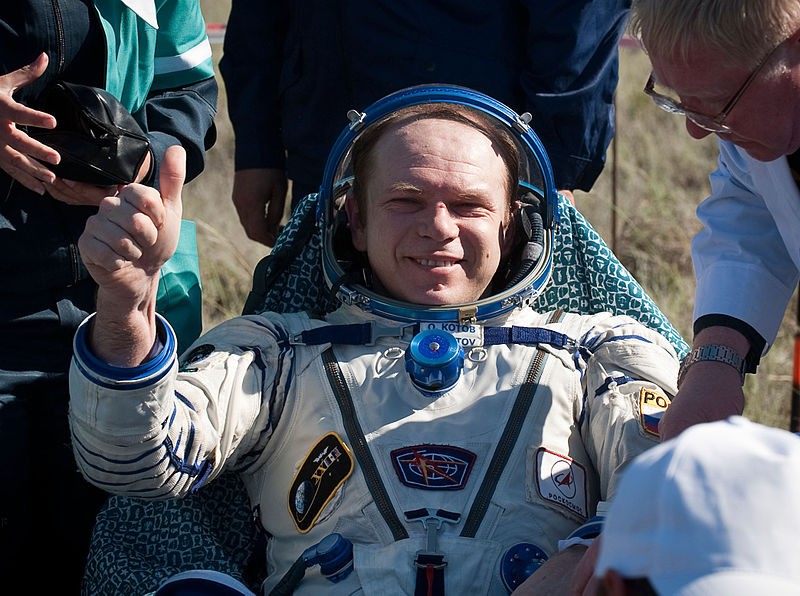
Four IAF pilots in first human space flight tested for multiple missions: Expert

A Russian bio-medical team who helped Indian Space Research Organisation (ISRO) shortlist four IAF pilots for first ever human space flight by 2022, stated that the pilots were tested for multiple purposes.
The statement came on the sidelines of a conference on Human Spaceflight and Exploration on Thursday (January 23).
According to a top cosmonaut, who headed a Russian bio-medical team, the health condition of the four IAF test pilots shortlisted to be an astronaut on ISRO’s first ever human space flight by 2022 was evaluated for not just one but multiple missions spanning 5-10 years.
“We were selecting an Indian astronaut to be in the profession for a long time — not just one mission but many missions,” The Indian Express quoted Oleg Valeriyevich Kotov as saying.
Also read: India will send man to space by December 2021, says K Sivan
“We try to evaluate the health status of individuals for space flights over a long period of time. We are looking at the health of a candidate and providing a prognosis for the next few years — five years or 10 years. We are not selecting candidates for just one short mission,’’ said Kotov, whose team helped the IAF shortlist the Indian candidates for the Gaganyaan mission from 60 to four.
According to the Russian expert, the task of picking the final Indian candidates was no different from such selections in other countries.
“The Indian candidates were not very different from what we see in other parts of the world. They have to be very motivated, very strong, very healthy with very high psychological resistance. They have to be open, communicative, very friendly — and smiling is always good,” said Kotov, who is now responsible for the bio-medical programme of the ISS.

